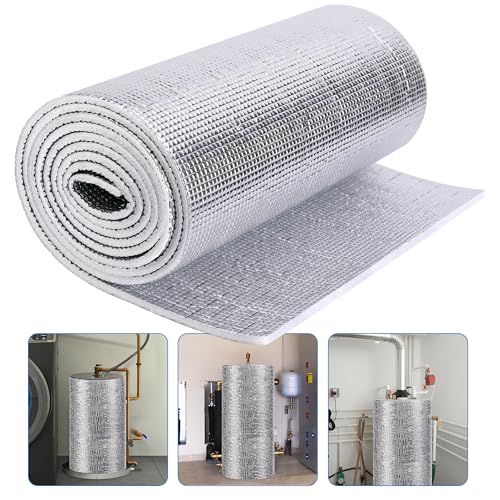l;ongtimealaskan
Member
Hi, I'm new to the forum and looking for suggestions on how to repair a leaking drain pipe. The 2.25 inch OD cast iron drain pipe in the photo is the drain pipe for the vanity sink. As far as I know that is the sole purpose of that drain pipe. Our downstairs bathroom was destroyed by a pinhole leak in a copper pipe that went to the kitchen sink upstairs. I'm redoing the bathroom and the last things I have to do (or so I thought) was reinstall the vanity, the vanity plumbing, and set the toilet. I had the vanity installed and the plumbing connected. When I tested for leaks I was surprised to find water in the hallway outside the bathroom. With the water shut off under the vanity there was no leak but it leaked while the water was flowing so I decided it had to be a drain issue. I cut a hole in the wall. The second photo shows a long crack on the back side of the drain pipe. The crack goes all the way to the concrete. I have no idea why it leaks now but didn't leak before except that we had a fairly decent earthquake a while back. The vanity sink is the only water that goes down this pipe so there is very little water pressure to deal with.
Any suggestions on how best to repair this? I thought about trying Flex Seal or one of those products but after watching some of the videos where they test these products they didn't sound that great as a fix for this.
I wondered about getting a small squeeze tube of 100% waterproof silicone and try to fill the crack with as much silicone as I can squeeze into it, let it cure for a few days and then use some of that pipe wrap that is supposed to stop leaks to completely wrap the entire length of the pipe to help reinforce the silicone. Maybe double wrap if it helps strengthen it.
I also thought about buying a piece of PVC or ABS pipe the next size larger , split it lengthwise, fill one half with 100% waterproof silicone and band clamp it to the side of the drain pipe with the crack. But I'm guessing there are better solutions than this available.
Any suggestions would be greatly appreciated.
Any suggestions on how best to repair this? I thought about trying Flex Seal or one of those products but after watching some of the videos where they test these products they didn't sound that great as a fix for this.
I wondered about getting a small squeeze tube of 100% waterproof silicone and try to fill the crack with as much silicone as I can squeeze into it, let it cure for a few days and then use some of that pipe wrap that is supposed to stop leaks to completely wrap the entire length of the pipe to help reinforce the silicone. Maybe double wrap if it helps strengthen it.
I also thought about buying a piece of PVC or ABS pipe the next size larger , split it lengthwise, fill one half with 100% waterproof silicone and band clamp it to the side of the drain pipe with the crack. But I'm guessing there are better solutions than this available.
Any suggestions would be greatly appreciated.



























































